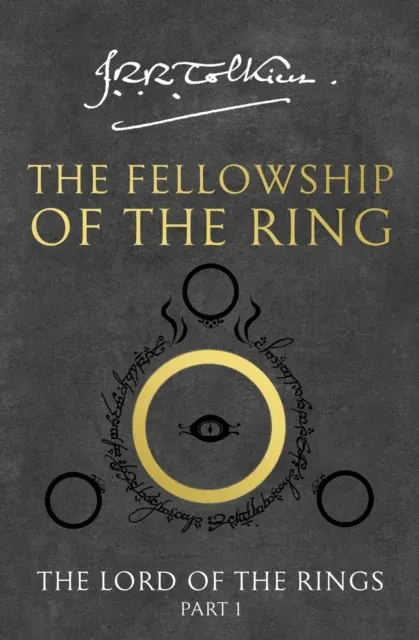Jamestown

The Colony
In the year 1585, Sir Walter Raleigh founded the first settlement for the English in America. He came with 100 men and named the place where he was, Virginia, for his queen. This only lasted until 1586 and Raleigh tried again to settle at Roanoke in Virginia. He left to England for supplies, but when the ships arrived they did not find the people they left behind.
The Protestant Reformation, the defeat of the Spanish Armada, and the changes in the English economy lead to England being stronger and able to colonize. Back in the 1500s, the Spanish and the English were united by a common religion, but when Henry VIII broke away from the Catholic Church, in the 1530s, their friendship ceased. Henry only wanted to change religion so that he could get divorced from his wife, Catherine of Aragon (the king of Spain's aunt) due to her not having any male children.
After the king of England died, one of his daughters by Catherine, named Mary, came into power but was soon replaced by Queen Elizabeth the 1st who greenlighted the raiding of Spanish vessels.
This piracy of the English made the Spanish king, then Philip II, angry, and he began to assemble an Armada to attack and conquer England, which ultimately failed in the Spanish Armada being crippled by the English fleet and various storms.
After James, I became king, a great era of social, economic, and political development followed. During this time, the East India Company and the Muscovy Company came into being.
Colonial expansion was begun because of several reasons. The population of England was growing, many people were left without work, some crops were failing, swathes of land were being taken by landlords for the textile industry, and many young people who had no inheritance wanted to seek their fortunes elsewhere.
With the creation of joint-stock companies, commercial expansion was encouraged and was provided with financial backing.
In 1606, King James I granted the colonization of Virginia and the whole area was claimed by England in the new world to a company called the Virginia Company of London.
Some reasons for going to Virginia were gold, finding a sea passage to Asia and the Indies, demonstrating English power, and spreading Christianity. They expected that the riches that were discovered by the Spanish in Mexico and Peru could also be found everywhere in the Americas.
In late 1606 one hundred male settlers left towards Virginia and only arrived on May 24, 1607, near the mouth of Chesapeake Bay. This is where they founded Jamestown, the first permanent English colony in America, named after king James I.
When they first arrived, the settlers met with disaster, many of them not knowing how to farm or fish. The Indian locals helped the Colonists with food in the first winters and taught them how to farm. These Indians were called the Powhatan Indians by the English.
The directors of the company that was funding this colony did not give proper guidance to the settlers, and they were struggling. One of the colonists, John Smith (an ex-soldier), came to the colony, and gave them leadership that helped them survive. This gained him the role of a member of the council of the town, which furthered its development.
Smith bargained with the Indians to explore the Chesapeake area and was kidnapped according to legend and saved by a girl named Pocahontas, who acted as a peace-keeper between the English and Indians.
During the winter of 1609-1610, many of the people of the settlement starved and died, leaving only 60 alive out of the previous 400.
The hardships continued and the Indians and English had a war that was ended in the defeat of the Indians and the marriage of Pocahontas and John Wolfe, a settler.
John had found out that exporting tobacco to England was a very profitable venture and thus made the colony a lot of money even though the king disliked it. This was good for the colonists, but this was the only way they could make money, if the price fluctuated and became cheap they would not make a profit anymore.
By 1619, the colony had its government called the House of Burgesses, which allowed the settlers to choose delegates to advise the governor. In the same year, a shipment of 90 women arrived in Jamestown and solidified the fact that the settlers were going to stay!
The settlers were land hungry now and fought the Indians again after being attacked. They defeated the Indians and banished the Chesapeake from Virginia, which sparked a westward migration of tribes.
In 1624 King James had taken over leadership of the colony, thus making it a royal colony.
The London Company
The London Company, also known as Virginia Company, aimed to strengthen England’s share of the new world and reap the rewards of that land. Its only real asset was the land, which was abundant but required labor to exploit.
The company attempted to increase labor supply through various recruiting schemes like advertising the job opportunities in the New World to the English who needed employment and even tried using Indians as slaves, but these efforts were largely unsuccessful.
The Virginia settlers, who were patriots, Christians, and seekers of personal profit, were encouraged to come to America for the good of their country and their own.
The Jamestown colony, settled by the London Company in 1607, was an immediate disaster due to poor location. the colonists' reluctance to work together, diseases, Indian attacks, etc…
The English workers' attitudes towards work, characterized by underemployment, irregular work, and lack of work ethic, might have contributed to the Virginia settlers' reluctance to work.
The first representative assembly in North America was created in Jamestown in 1619 to advise the governor and help manage the struggling company. The same year, the first African slaves were traded for food, marking the beginning of slavery in the southern colonies.




